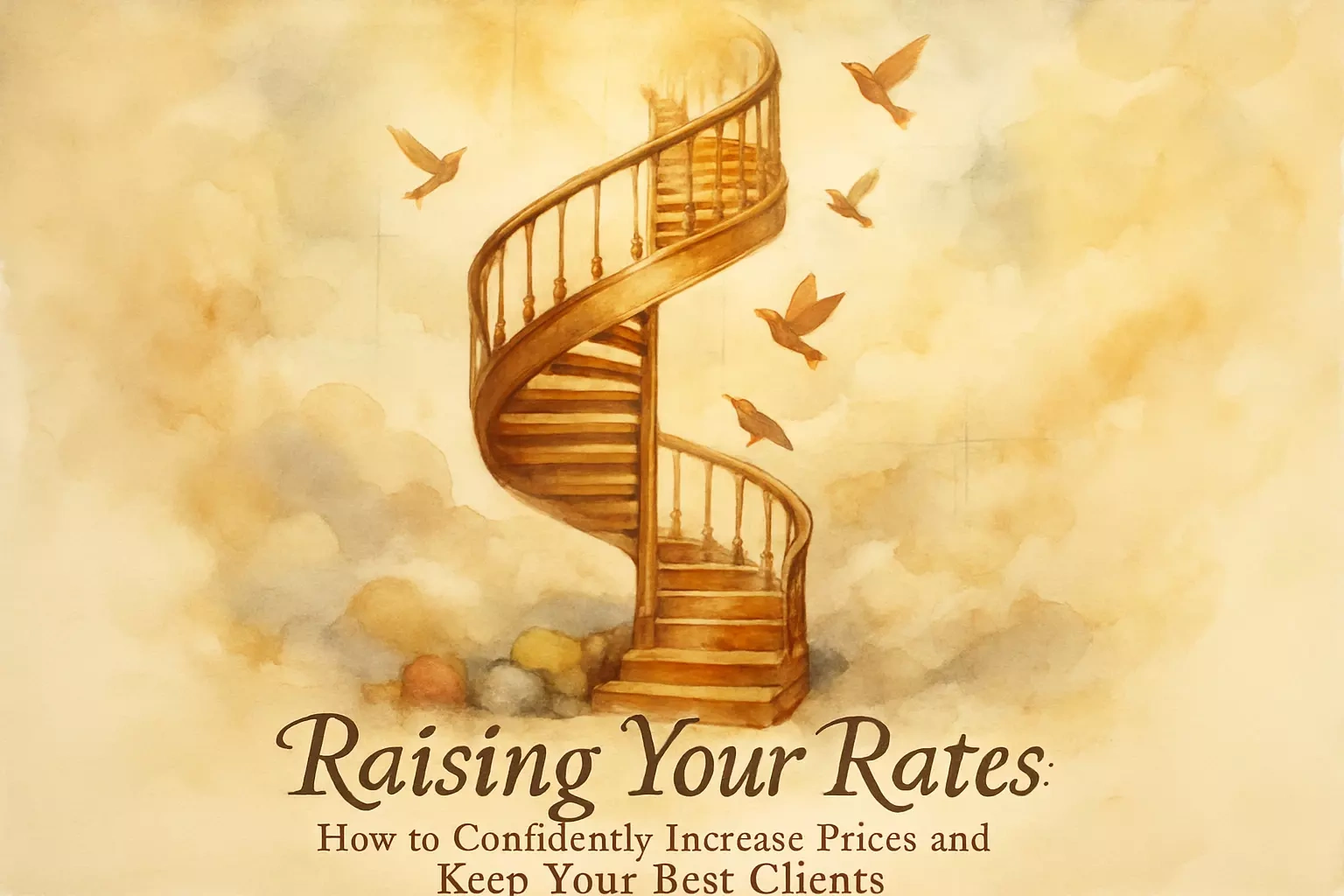Raising Your Rates: How to Confidently Increase Prices and Keep Your Best Clients

Raising Your Rates: How to Confidently Increase Prices and Keep Your Best Clients
Signs It's Time for a Price Increase
Your Schedule is Constantly Full
You've Acquired New Skills or Specializations
Market Rates Have Shifted
You've Delivered Measurable Results for Clients
How to Strategically Calculate Your New Rates
Researching the Market
Value-Based Pricing vs. Hourly Rates
Factoring in Your Business Expenses and Goals
Communicating the Price Increase to Current Clients
Give Ample Notice
Be Confident and Direct
Crafting the Perfect Email (with Template)
Focus on the Continued Value You Provide
Handling Pushback and Keeping Your Best Clients
Listen to Their Concerns
Negotiating a Middle Ground
Knowing When to Part Ways
Conclusion
References
Raising Your Rates: How to Confidently Increase Prices and Keep Your Best Clients
Signs It's Time for a Price Increase
Your Schedule is Constantly Full
You've Acquired New Skills or Specializations
Market Rates Have Shifted
You've Delivered Measurable Results for Clients
How to Strategically Calculate Your New Rates
Researching the Market
Value-Based Pricing vs. Hourly Rates
Factoring in Your Business Expenses and Goals
Communicating the Price Increase to Current Clients
Give Ample Notice
Be Confident and Direct
Crafting the Perfect Email (with Template)
Focus on the Continued Value You Provide
Handling Pushback and Keeping Your Best Clients
Listen to Their Concerns
Negotiating a Middle Ground
Knowing When to Part Ways
Conclusion
References
Posted Jun 30, 2025
Struggling with how to raise your virtual assistant rates? Learn when and how to increase your prices, communicate the change, and retain your valuable clients.








